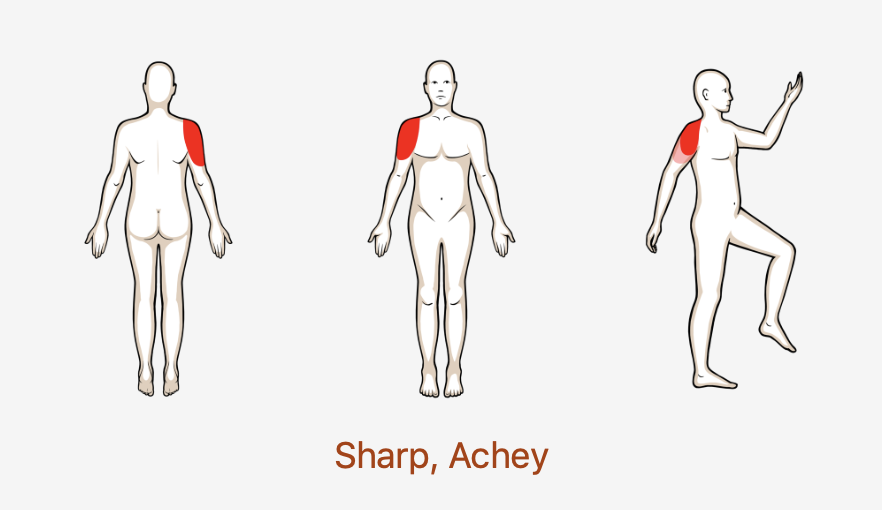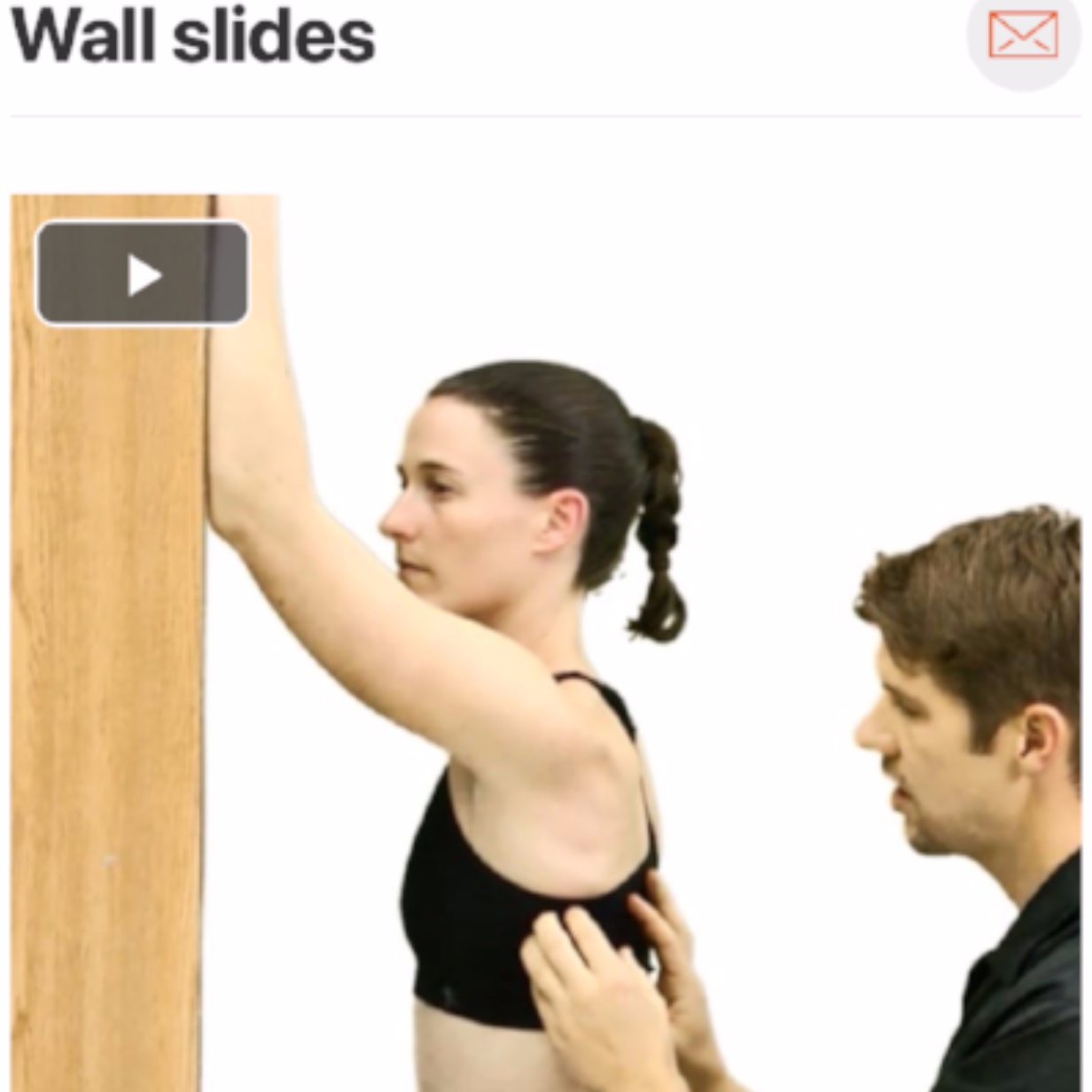From anatomy to discovering the patient!
Primary shoulder dislocation peaks in the second and sixth decade
98% of cases, shoulder displaces anteriorly
70% of people who have dislocated can expect to dislocate again within 2 years of the initial injury
Sub-acromial pain syndrome accounts for 44% to 60% of all conditions that cause shoulder pain and is the most frequent cause of visits to a physician’s office
See more prevalence information in the Clinical Pattern Recognition: Orthopaedics app here
Meet the 5 common shoulder pain patients from the Shoulder Pain and Mobility Deficit Clinical Practice Guidelines and more!
Clinical Pattern Recognition
Click on the pain pattern to learn about the patients and develop your clinical patterns!



























